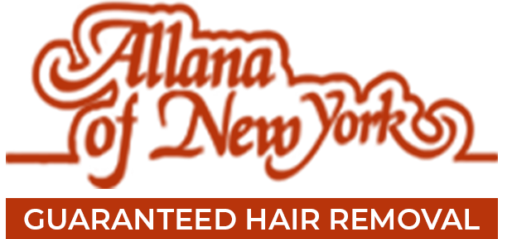
Total Manufacturing Cost (TMC) refers to the overall money spent on the production activities for processing the raw material into finished goods in a given period (quarter or year). It involves three significant expenses, i.e., direct material cost, direct labor cost, and factory or manufacturing overheads. To calculate total manufacturing cost, add your direct material costs to the sum of your direct labour normal balance costs and manufacturing overhead. Direct labor refers to the cost of labor directly involved in the manufacturing process.

Differences Between Direct Manufacturing Cost and Indirect Manufacturing Costs.
- They are all raw materials directly used in production, which is easily traced back to it.
- Direct materials can vary greatly depending on the type of product being manufactured.
- As for overhead, you pay for regular equipment maintenance and upgrades as well as utilities and insurance for $7,000 per month.
- As the name indicates, these are the most recognizable elements that constitute the finished goods.
- Manufacturing overhead includes indirect costs like factory rent, utilities, equipment depreciation, and salaries of supervisors.
- Accurately calculating total manufacturing costs is essential for determining product pricing, managing resources, and maximizing profitability.
Total manufacturing cost is an important metric for understanding a business’s overall expenses and profitability. This blog post will provide a comprehensive guide, providing a clear and step-by-step approach to calculating and interpreting total manufacturing costs effectively. In the world of manufacturing, understanding and effectively managing your total manufacturing cost is crucial to maintaining competitiveness and profitability.

The Role of Batch Production in Manufacturing
Robust MRP systems can track production costs both per period, per project, or per product, making them suitable for both job shops as well as make-to-stock manufacturers. The Cost of Goods Manufactured (COGM) represents the total cost of goods that were finished and ready for sale during a specific period. This means that if you subtract the unfinished goods (or Work in Process) inventory from TMC, you’ll be left with Bookkeeping for Painters the COGM.
- Ultimately, it’s all about understanding where your expenses are coming from, managing them effectively, and making smart decisions that lead to profitability.
- By looking at the historic data on employee timesheets and purchasing costs, the firm was able to understand the areas that were increasing the total manufacturing costs.
- Our software facilitates collaboration and allows the project team to share files, comment at the task level and more.
- Therefore, 12.24% of monthly revenue will go toward the business’ overhead costs.
- For example, for a soda producer, water is used as a direct material, forming the body of the drink.
- The goal is to factor in variable costs – like staff with higher or lower pay rates – to gain a single value for the cost of an hour of work.
Benefit #1: Assists in cost control
- Manufacturing overhead costs can fluctuate due to changes in production volume, energy prices, and maintenance needs.
- Next, calculate the value of the existing inventory if the manufacturing company already has a stock of materials from a previous period.
- Direct materials are the core components used in manufacturing finished goods.
- This kind of actionable feedback helps companies make informed decisions, leading to a happier, more favorable bottom line.
- Understanding batch production costs helps in applying the total manufacturing cost formula thoroughly.
- Effective supply chain management (SCM) practices can significantly impact manufacturing costs.
- For instance, in the furniture manufacturing industry, wood, fabric, and metal are considered direct materials.
The formula to calculate the cost of goods sold calculates the direct costs of the goods a business sells during a specific period. It considers inventory at the start and end of the period, along with any new purchases made. Manufacturing overhead does not include costs unrelated to the manufacturing process like administration wages, sales and marketing expenses, office rent, etc. These are general costs of doing business and are calculated separately as overhead expenses for the manufacturing business. The total manufacturing cost formula is a simple equation in which all of these are added together.
- Manufacturing costs, also called product costs, are the expenses a company incurs in the process of manufacturing products.
- ProjectManager is online project management software that connects teams whether they’re in the office or on the assembly line.
- It’s much easier to work out total manufacturing cost when the latest financial data can be accessed at the click of a button, and when the information from all departments is inter-connected.
- The Cost of Goods Sold (COGS) includes the cost of finished products that were actually sold during a given period.
- Tracking the number of hours each employee works on the production line can be tricky.

Understanding total manufacturing cost formula batch production costs helps in applying the total manufacturing cost formula thoroughly. Direct labor, on the other hand, includes the wages and benefits paid to workers who are directly involved in the production process. Tracking direct labor costs is essential for maintaining productivity and efficiency in the manufacturing process. Manufacturers often invest in training programs to enhance the skills of their workforce, which can lead to increased output and reduced labor costs over time.
